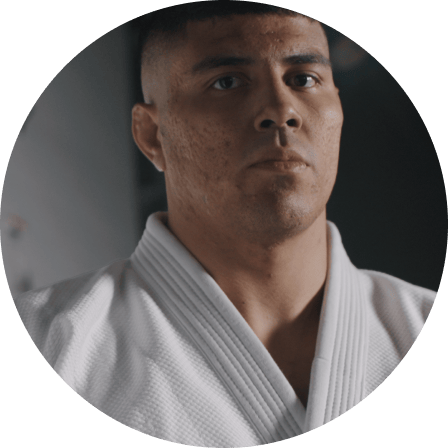In my high school home room, there was a slew of cheesy posters plastered to the walls. The only one I remember was this:
Shoot for the moon, and even if you miss, you’ll land amongst the stars
Fifteen-year-old me viewed that message with an eye roll. But I must’ve internalized it because ten years later, it is how I relay the message of visualization most effectively to younger athletes.
Visualization is a skill that has a massive payoff and potential, and yet is vastly underutilized in sports today."
When we set our sights on the highest possible level of achievement (not what level you think is attainable, but the highest possible level) to the moon (so to speak), we create expectations far beyond what anyone else would dictate to be the capacity of our skill. What’s interesting is that our brains will believe what we tell it, provided we believe it to be true as well. In his bestselling book Thinking Fast and Slow, Daniel Kahneman wrote the following: “A message, unless it is immediately rejected as a lie, will have the same effect on the associative system regardless of its reliability…Whether the story is true, or believable, matters little, if at all.”
That is one of the coolest phenomenon’s I’ve ever encountered. Because you think something, your associative system genuinely thinks it’s possible. We can be our biggest cheerleader in this, and we can also be our own worst enemy. In sport and life, we talk about this idea of the “Self-Fulfilling Prophecy” and whether or not you believe in the good or the bad does seem to have an effect. Whether or not you believe you will succeed or fail can have an impact on whether or not you do.

What does this have to do with visualization? Well if you can create a detailed narrative of how a fight will go, anticipating attacks and defending them, anticipating your ultimate victory, and anticipating that feeling of happiness, fulfillment, and relief…it turns out if you can imagine all of that, you’re more likely to experience it. And this is why visualization is the truest and most real secret weapon that athletes are just beginning to tap into.
I’ll leave you with this, one of my favorite quotes from one of my favorite books, Legacy by James Kerr from his chapter “Expectations.” If you haven’t read it, I would highly recommend it for being aware of and then ultimately engaging the appropriate competitive mindset for any occasion.
“It pays to hoist our sights if we aspire to be world class: to create for ourselves a narrative of extreme, even unrealistic ambition. It doesn’t even matter if it’s true, or reasonable, or possible, it only matters that we do it.”
It seems the age-old adage remains true: “visualize to actualize.” Do me a favor, in the weeks leading up to it, before your next competition, spend an hour a week (split this up between two days, so two 30-minute sessions) setting the scene. Be in the arena, feel the mats beneath your toes. Look your opponent in the eye. Anticipate their every move. Counter their attacks. React to penalty calls. Keep your head on straight. Walk away victorious. Imagine that feeling. And do this over and over again in great detail. By the time you hit the mat for the competition, you will have already been there, and have already been successful there and you’ll feel comfortable, confident, and focused.






